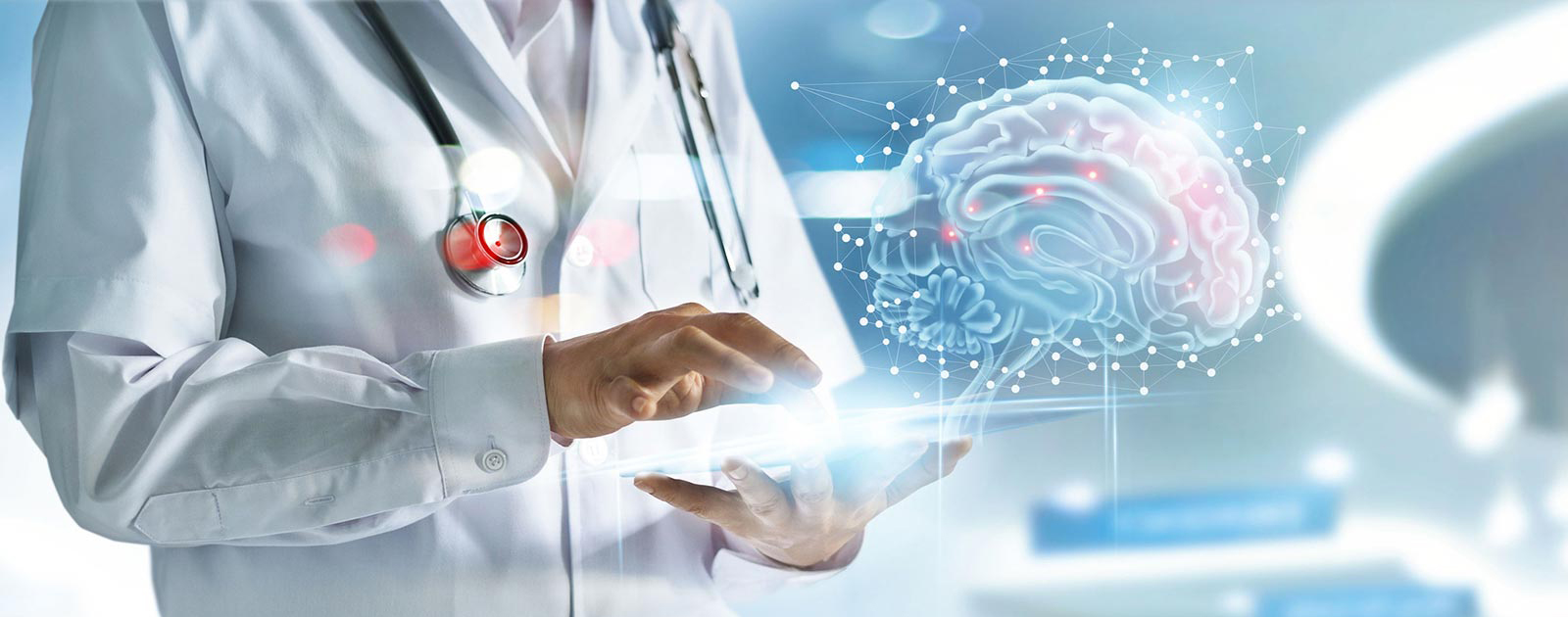
The future is the ultimate abstraction; anyone who has ever attempted to discern the nature of tomorrow by looking at the yesterdays leading up to today knows that prediction is a fool’s errand. That’s the unfortunate reality for weather forecasters, stockbrokers, sports bookmakers, political pundits, and writers of science fiction. Yet people keep trying to project trend lines and read tea leaves, maybe because we like to wonder about the moral and ethical choices that some future state will force us into. Or maybe these kinds of stories just make good copy. Either way, with this article you can add another fool—yours truly—to the list.
The changes to come in most industrial sectors are fascinating to ponder and debate, but in truth few will force us to confront and come to grips with the most essential aspects of our humanity. Sure, self-driving cars, super composites and alloys, molecular computing, and similar breakthroughs are already changing the world, and will continue to do so in the next decade and beyond. Yet few if any of these changes will also change us in any substantive way.
…
Add new comment